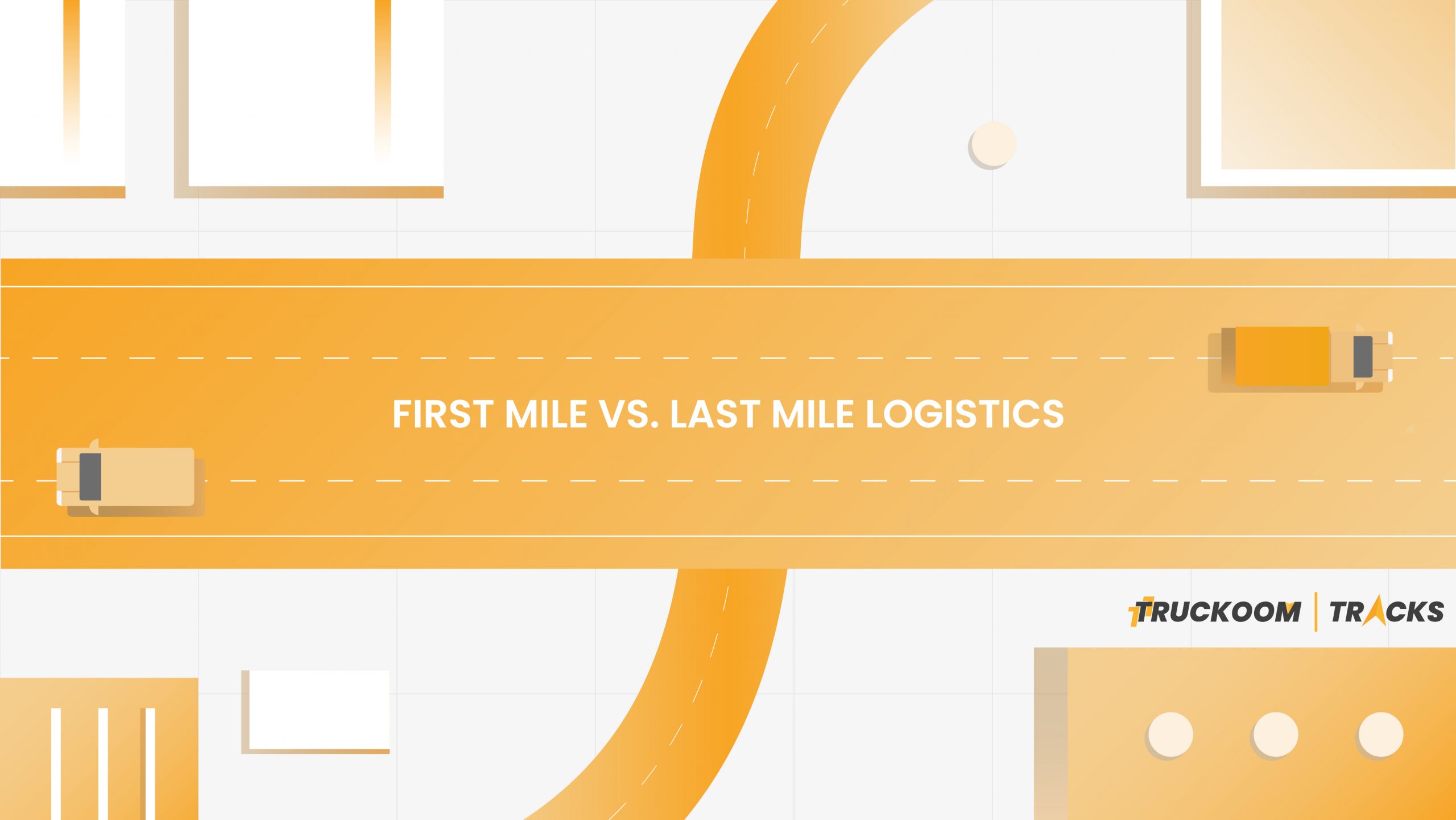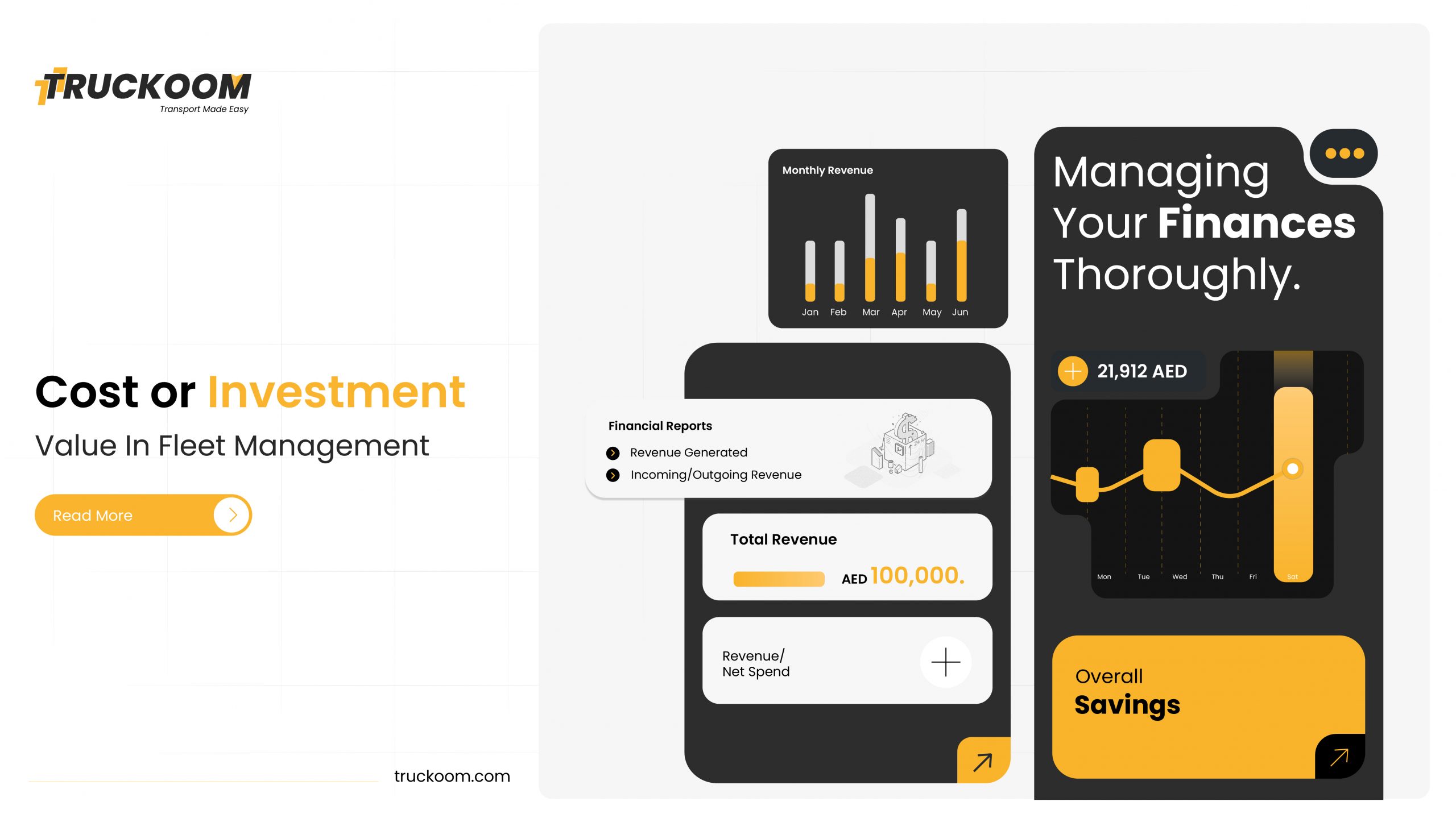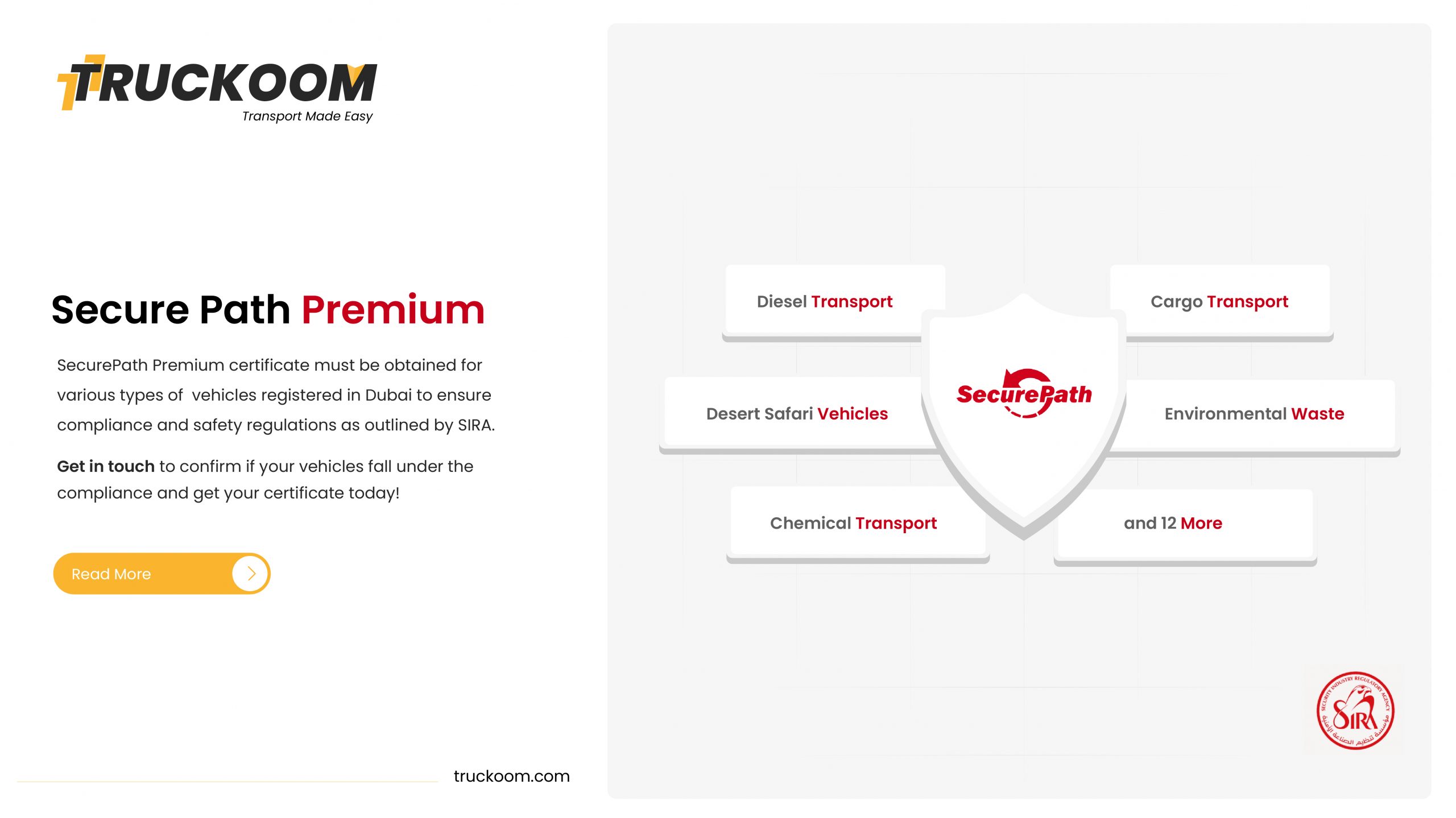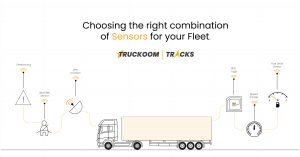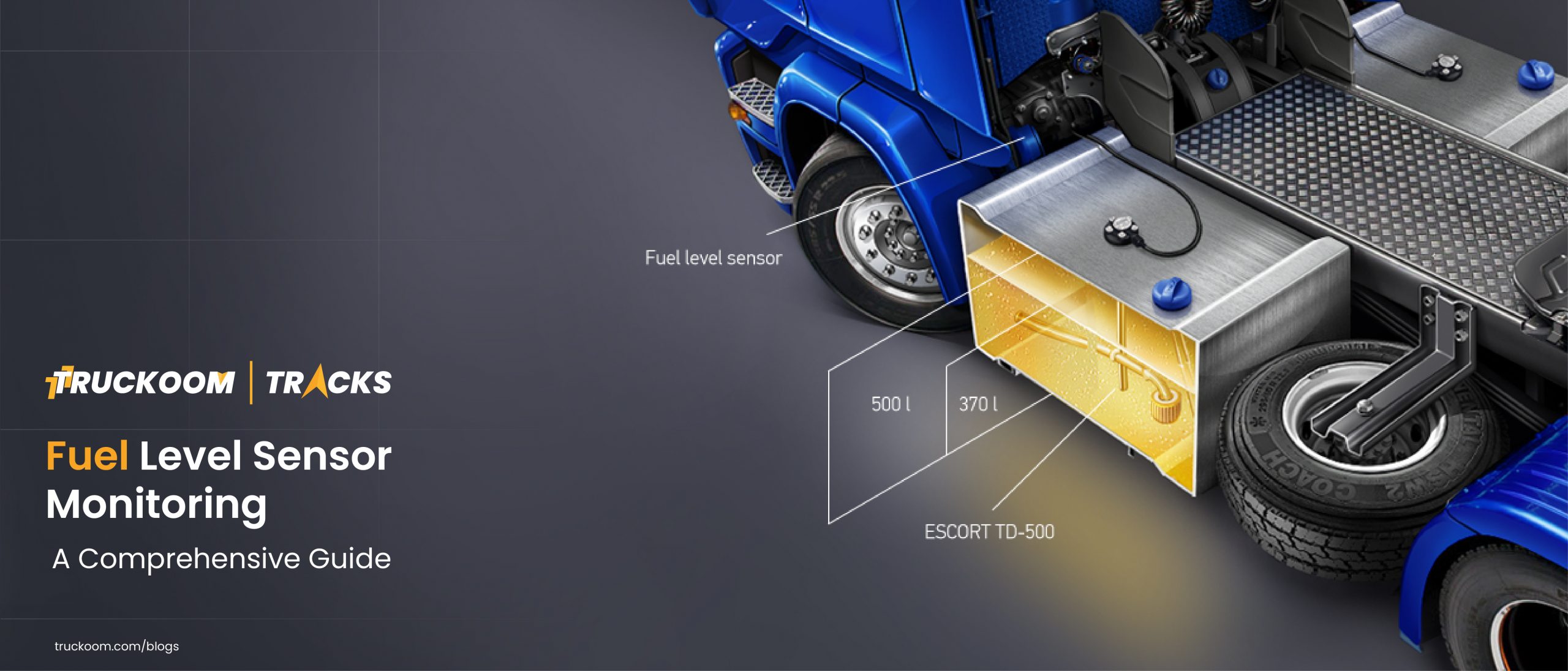In the realm of logistics, the journey from the warehouse to the customer’s doorstep is filled with complexities at every stage. Understanding and addressing the unique challenges of both the first mile and last mile logistics is essential for efficient and effective supply chain management. Let’s delve into these challenges, focusing on last-mile delivery optimization, warehouse management, and customer experience, and explore practical solutions for smoother operations.
First Mile Logistics Challenges
The “first mile” refers to the initial stage of the logistics process, starting from the supplier’s warehouse to the transportation hub or distribution centre. This phase sets the tone for the entire supply chain and is critical for inventory management and transportation efficiency.
Challenges:
- Inventory Management: Ensuring accurate and timely picking, packing, and labelling of products for transportation.
- Transportation Coordination: Coordinating various transportation modes (trucks, rail, air) to move goods from suppliers to distribution centres.
- Visibility and Tracking: Lack of real-time visibility into shipments can lead to delays and inefficiencies.
Solutions:
- Implement advanced inventory management systems with RFID or barcoding to track items accurately.
- Utilize transportation management software (TMS) to optimize route planning and carrier selection.
- Employ IoT (Internet of Things) devices for real-time tracking of shipments.
Second Mile Logistics Challenges
The “second mile” refers to the stage of the logistics process where goods leave the distribution centre or hub and head towards their final destination, typically the customer’s address. This phase is often the most intricate due to the demands of last-mile delivery.
Challenges:
- Last-Mile Delivery Optimization: Efficiently delivering goods to diverse locations within specific timeframes.
- Warehouse Operations: Managing inventory levels and order fulfillment accurately to prevent stockouts or overstock situations.
- Customer Expectations: Meeting rising expectations for fast, reliable, and convenient delivery options.
Solutions:
- Embrace route optimization software to minimize delivery times and fuel costs.
- Implement micro-fulfillment centres closer to urban areas to reduce delivery distances.
- Offer multiple delivery options (e.g., same-day, next-day, time-slot deliveries) to cater to diverse customer needs.
Last-Mile Delivery Optimization
The last mile is often the most expensive and challenging part of the supply chain due to its impact on overall operational costs and customer satisfaction.
Challenges:
- Traffic Congestion: Urban areas often suffer from traffic congestion, leading to delays in delivery times.
- Address Accuracy: Incorrect or incomplete addresses can lead to failed deliveries and additional costs.
- Delivery Flexibility: Customers expect flexible delivery options and real-time updates on their shipments.
Solutions:
- Employ delivery route optimization tools that factor in traffic patterns and weather conditions.
- Use geocoding and mapping technologies to enhance address accuracy.
- Enable customer self-service options for delivery scheduling and tracking.
Warehouse Management
Efficient warehouse management is critical for maintaining inventory accuracy, reducing fulfillment times, and optimizing space utilization.
Challenges:
- Inventory Visibility: Limited visibility into inventory levels can lead to stockouts or overstock situations.
- Order Accuracy: Ensuring the right products are picked and packed for each order.
- Space Optimization: Maximizing storage space to accommodate varying inventory levels efficiently.
Solutions:
- Implement storage management systems for real-time inventory tracking and management.
- Utilize automation technologies like robotics and AI for order picking and packing.
- Adopt slotting optimization strategies to optimize warehouse layout based on demand patterns.
Customer Experience
A positive customer experience is vital for retaining and attracting customers in today’s competitive market.
Challenges:
- Communication: Lack of proactive communication regarding delivery status can lead to customer dissatisfaction.
- Convenience: Customers expect flexible delivery options and hassle-free returns.
- Transparency: Providing transparent pricing and delivery timelines is crucial for building trust.
Solutions:
- Offer SMS or email notifications with real-time delivery updates.
- Provide multiple delivery options (e.g., locker pickup, in-store pickup) for added convenience.
- Implement a user-friendly returns process with clear instructions and quick refunds.
In summary, navigating the challenges of first- and second-mile logistics requires a holistic approach that leverages technology, data analytics, and strategic partnerships. By addressing these challenges head-on and implementing practical solutions, logistics providers can streamline operations, enhance efficiency, and deliver exceptional customer experiences in today’s dynamic marketplace.
